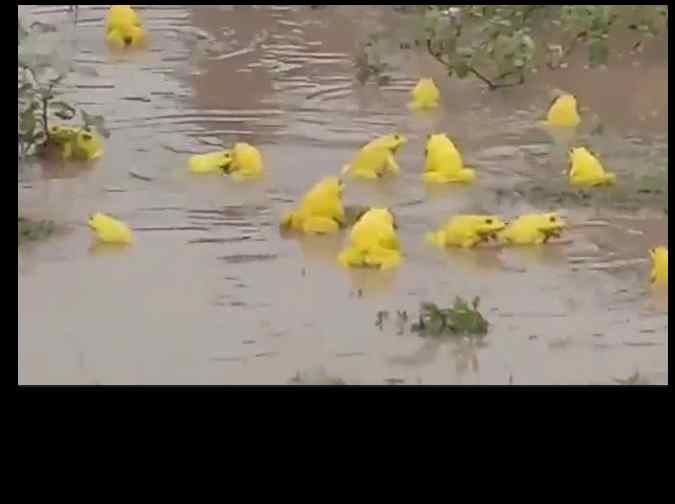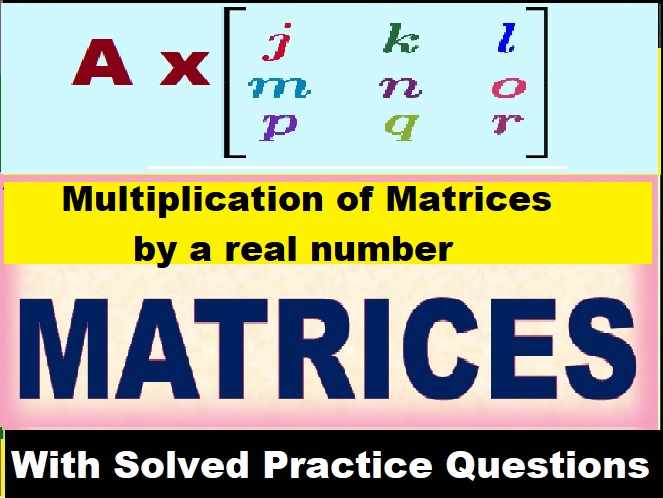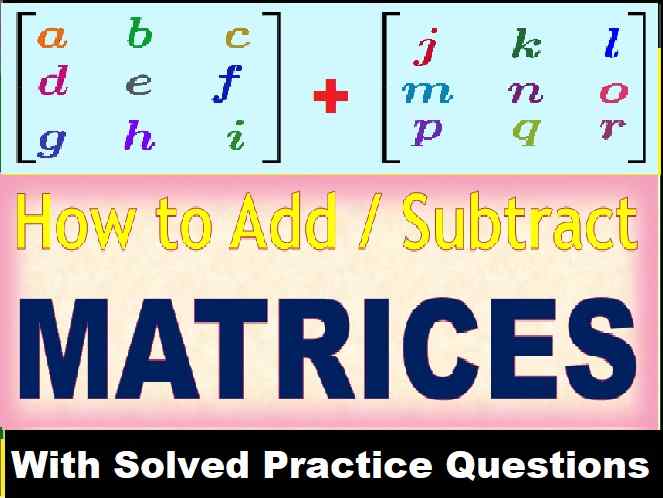Death of a Naturalist Short Answer Questions ISC Rhapsody Workbook Solutions Ch-4. Important Short Answer of Death of Naturalist composed by Seamus Heaney. This article would be helpful if you are going to appear in council exam. We added extra short answer questions for complete practice of Ch-4 Death of a Naturalist. Visit official website CISCE for detail information about ISC Board Class-11 English.

Death of a Naturalist Short Answer Questions ISC Rhapsody Workbook Solutions
| Board | ISC |
| Publications | Evergreen Publications |
| Subject | English |
| Class | 11 |
| Book Name | Rhapsody (A collection of ISC Poem ) |
| Chapter-4 | Death of a Naturalist – Seamus Heaney. |
| Topics | Short Answer Questions |
Short Answer Questions
Ch-4 Death of a Naturalist ISC Rhapsody Workbook Solutions
Question : (i) Describe the activities at the flax-dam in the first part of the poem.
Answer: the flax rotting under the sun, the buzzing of insects like bluebottles and the presence of dragonflies and butterflies. The highlight, however, is the speaker’s fascination with the frogspawn that grows there every spring.
Question : (ii) What does Miss Wall’s lesson tell the speaker? How does he experiment with what he has learnt?
Answer: Miss Walls taught the speaker about the life cycle of frogs, how they croak and how the female frog lays eggs. Intrigued by this, the speaker experimented by collecting the frogspawn in jars and observing them turn into tadpoles.
Question : (iii) What shocking scene is described in the second part of the poem?
Answer: In the second part of the poem, a shocking scene is described where the flax-dam is invaded by mature frogs, whose coarse croaking, intimidating postures and aggressive behaviors frightened the speaker.
Question : (iv) Compare and contrast the feelings of the speaker in two different situations depicted in the poem.
Answer: In the beginning, the speaker was intrigued and fascinated by nature, particularly the frogspawn and the life cycle of frogs. However, this fascination turns into fear and disgust when he encounters the mature frogs at the flax-dam.
Question : (v) Comment on the use of language in the poem.
Answer: Heaney’s use of language in the poem is vivid and sensory. He uses rich imagery and onomatopoeia to create a detailed picture of the flax-dam and its inhabitants. The language also reflects the speaker’s changing emotions – from fascination and curiosity to fear and repulsion.
Extra Questions Short Answer Questions
Ch-4 Death of a Naturalist ISC Rhapsody Workbook Solutions
Question : 1. How might the frogs’ invasion of the flax-dam symbolize the harsh realities of the adult world?
Answer: The invasion of the flax-dam by the frogs could symbolize the intrusion of adult realities into the speaker’s previously innocent world. Just as the frogs disrupt the calm of the dam, the harsh truths of adulthood disrupt the tranquility of childhood. The speaker’s fear and repulsion indicate his struggle to come to terms with these realities.
Question : 2. What might the speaker’s act of running away from the flax-dam symbolize in the context of his personal growth and maturity?
Answer: The speaker’s act of running away from the flax-dam may symbolize an instinctive reaction to confront the harsh realities of life. It may indicate the speaker’s initial resistance to let go of his childhood innocence and face the complexities of adulthood. However, it can also be viewed as a crucial step in his personal growth, as this experience leads to a newfound understanding of the world around him
Question : 3. What is the main setting of the poem?
Answer: The main setting of the poem is a rural area where the speaker observes nature. It is primarily focused around the flax-dam, which is a central place of interest and fascination for the young speaker.
Question : 4. How does the speaker of the poem describe the frogspawn?
Answer: The speaker describes the frogspawn as “warm thick slobber” and “jellied specks” that grow like “clotted water.” These descriptions reveal both fascination and slight repulsion, illustrating the speaker’s complex relationship with nature.
Question : 5. What do the colors yellow and brown signify in the poem?
Answer: The colors yellow and brown are associated with the frogs, which change colors based on the weather. These colors possibly signify the natural transformations and cycles that are an inherent part of life. They might also hint at the changing perception of the speaker – bright and lively yellow turning into a more somber brown.
Question : 6. How does Heaney use imagery to describe the nature around the flax-dam?
Answer: Heaney employs vivid and often visceral imagery to bring the flax-dam to life. He describes the flax rotting under the weight of “huge sods,” the bubbles “gargling delicately,” and the “strong gauze of sound” woven by bluebottles. He portrays dragonflies, butterflies, and frogspawn in explicit detail, creating a rich, immersive environment that is both fascinating and, eventually, repulsive to the speaker.
Question : 7. What does the “warm thick slobber” of the frogspawn symbolize in the poem?
Answer: The “warm thick slobber” of the frogspawn represents the raw, unfiltered aspect of nature that is often overlooked or sanitized in classroom learning. It stands for the organic, somewhat repulsive, yet fascinating reality of biological processes that contribute to life.
Question : 8. How does the transition from the first to the second stanza mark a shift in the speaker’s perception of nature?
Answer: In the first stanza, the speaker observes nature with fascination and curiosity, particularly interested in the life cycle of frogs. However, in the second stanza, this fascination turns to fear and disgust when the speaker encounters the mature frogs in the flax-dam. This transition marks a shift from innocent fascination to fearful awareness, symbolic of the speaker’s loss of innocence.
Question : 9. How does Heaney use the frogs to symbolize the speaker’s loss of innocence?
Answer: The frogs, initially a source of interest and pleasure, become threatening and repulsive to the speaker. The contrast between the harmless tadpoles and the aggressive mature frogs represents the speaker’s transition from childhood innocence to the realization of the harsh realities of nature and life.
Question : 10. How does the speaker feel towards the frogspawn in the beginning, and how does it change towards the end?
Answer: In the beginning, the speaker feels curiosity and delight towards the frogspawn, collecting it and watching it transform into tadpoles. By the end, this fascination turns to fear and repulsion as the frogs become menacing figures. This shift in perception represents a loss of innocence and a newfound understanding of nature’s raw realities.
Question : 11. What emotions does the speaker experience during his encounter with the “great slime kings”?
Answer: During the encounter with the “great slime kings,” the speaker experiences fear, disgust, and a sense of threat. The speaker is repulsed by the aggressive behavior of the mature frogs and is terrified that they might retaliate if he tries to interact with the frogspawn as he used to.
Question : 12. How does Heaney use language to evoke a sense of repulsion in the second half of the poem?
Answer: Heaney describes the mature frogs as “gross bellied,” “loose necks pulsed like sails,” their heads “farting.” The sounds they make are described as “coarse croaking,” “slap and plop,” and “obscene threats.” These expressions paint a grim, repugnant picture, significantly different from the innocent fascination in the upper half part of the poem.
Question : 13. What is the significance of the “gross bellied frogs” being described as “mud grenades”?
Answer: The comparison of the frogs to “mud grenades” underscores their transformation from harmless creatures into potentially harmful ones in the eyes of the speaker. This militaristic metaphor intensifies the perceived threat, marking the frogs as dangerous entities, and amplifying the speaker’s fear and repulsion.
Question : 14. How does Heaney explore the theme of the loss of innocence in “Death of a Naturalist”?
Answer: Heaney explores relationship with nature, specially the frogs. The speaker was a curious, innocent observer collecting frogspawn, to a frightened individual, by the mature frogs. This transformation symbolizes the speaker’s loss of childhood innocence
Question : 15. What is the flax-dam mentioned in the poem?
Answer: The flax-dam mentioned in the poem is a pool or dam where flax is soaked in water to separate the usable fibers from the rest of the stalk.
Question : 16. Who is Miss Walls mentioned in the poem?
Answer: Miss Walls is presumably a teacher who educates the young speaker about the life cycle of frogs.
— : End of Death of a Naturalist Short Answer Questions ISC Rhapsody Workbook Solutions Ch-4 composed by Seamus Heaney : —
Return to – Rhapsody Workbook Answer of ISC Poem for Class 11 English
Thanks
Please, Share with your friend


